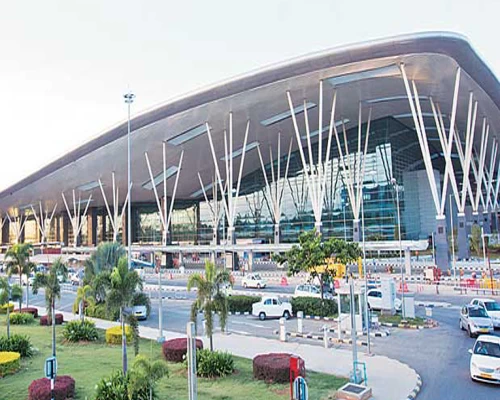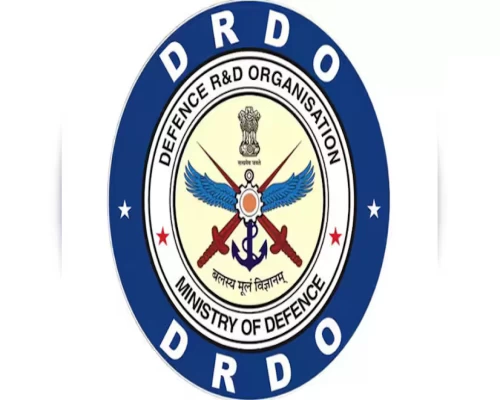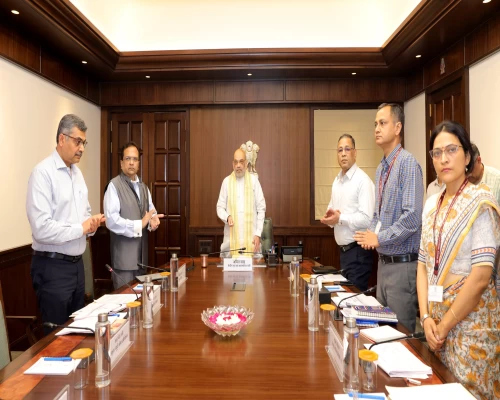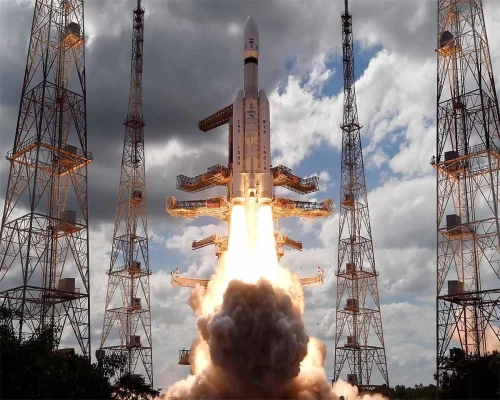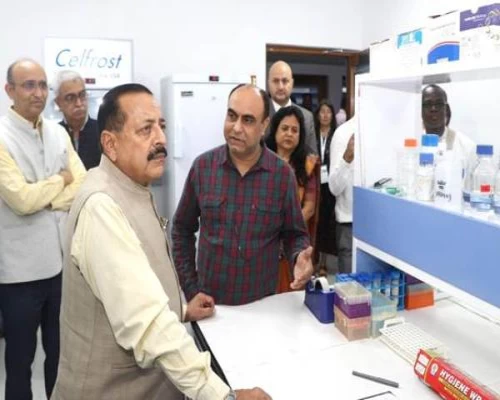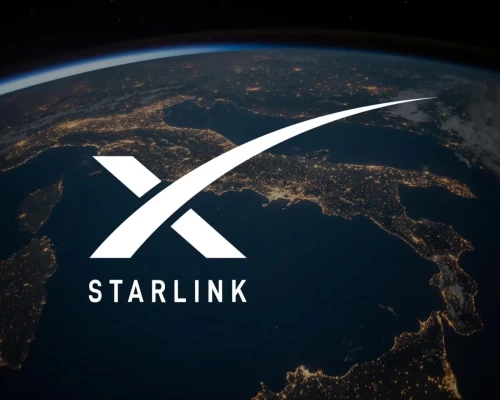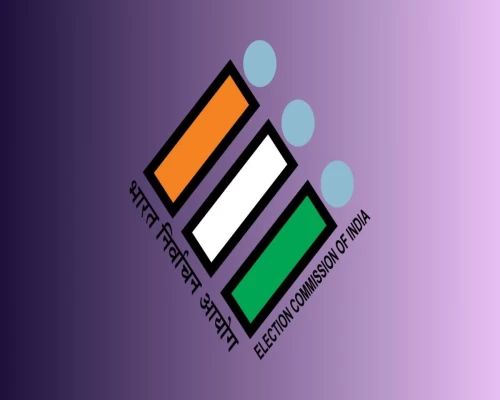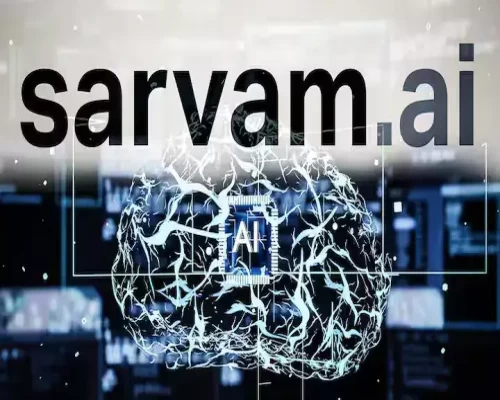
New Delhi: As many as 2,927 court complexes across India have been connected so far by a high-speed Wide Area Network (WAN) under e-Courts Project. It has led to completion of 97.86 per cent sites out of 2,992 sites conceived to be connected with high speed WAN under the project.
According to an official statement, the Department of Justice (DoJ) along with the BSNL is working relentlessly on connecting the remaining sites. Under the e-Courts Project, one of the largest digital networks of the world was conceived by Department of Justice along with the e-Committee of the Supreme Court of India to connect the 2,992 court complexes located all over India by a high-speed WAN via different modes of connectivity such as Optical Fiber Cable (OFC), Radio Frequency (RF), Very Small Aperture Terminal (VSAT), etc.
In May 2018 the mandate of providing Managed MPLS VPN services to all these sites was entrusted to the BSNL, which has a pan India presence with latest state-of-the-art technology and high-end telecom infrastructure and transmission equipment. The BSNL also has presence at all corners of India, including NE region, J&K, Uttarakhand, A&N Islands, etc.
Many courts under the e-Courts Project are located in far flung areas where terrestrial cable cannot be used for providing connectivity. Such areas are termed as Technically Not Feasible (TNF) and in the DoJ’s endeavour to bridge the digital divide; connectivity is being established at TNF sites using alternative means like RF, VSAT etc.
“With persistent deliberations, meetings and coordination with different stakeholders including BSNL and the Courts, the Department has been able to reduce the total TNF sites from 58 in 2019 to 14 in 2020, thus leading to saving of public money as the cost of providing connectivity through alternative means like VSAT is much higher,” said an official of the Department of Justice.
As a part of National e-Governance Plan, the e-Courts Project is an Integrated Mission Mode Project under implementation since 2007 for the ICT development of the Indian judiciary based on the ‘National Policy and Action Plan for Implementation of Information and Communication Technology in Indian Judiciary.’
The Central government has approved the computerization of 14,249 district and subordinate Courts under the e-Courts Phase I project (2007-2015). The objective of the e-Courts project is to provide designated services to litigants, lawyers and the judiciary by universal computerization of district and subordinate courts in the country by leveraging Information and Communication Technology (ICT) for improved justice delivery.
Envisaging further ICT enhancement through universal computerization of all the courts, the Phase II of the project was approved by the Cabinet in July 2015 with a cost of Rs 1670 crore under which 16,845 courts have been computerized. /BI/



